
INSTRUCTIONS FOR USING THIS PAGE
Each of the sections of this web page links to a resource supporting the “Geography of Thought” module of our Science, Philosophy and Spirituality course. Just click on the section, and you will be linked to the resource.
In addition to the slides shown during the module, the resources include an article summarising the module, and another one that provides background on why I developed the course and how the structure has developed.
There are links to three videos: the Korean video that was shown during the module, and two from ProfG that provided screenshots included in the slide show. There are also links to six books providing both depth to what was covered in the module, and supplementary research that lends support to the ideas we discussed.
Good luck in your further exploration of this fascinating topic.
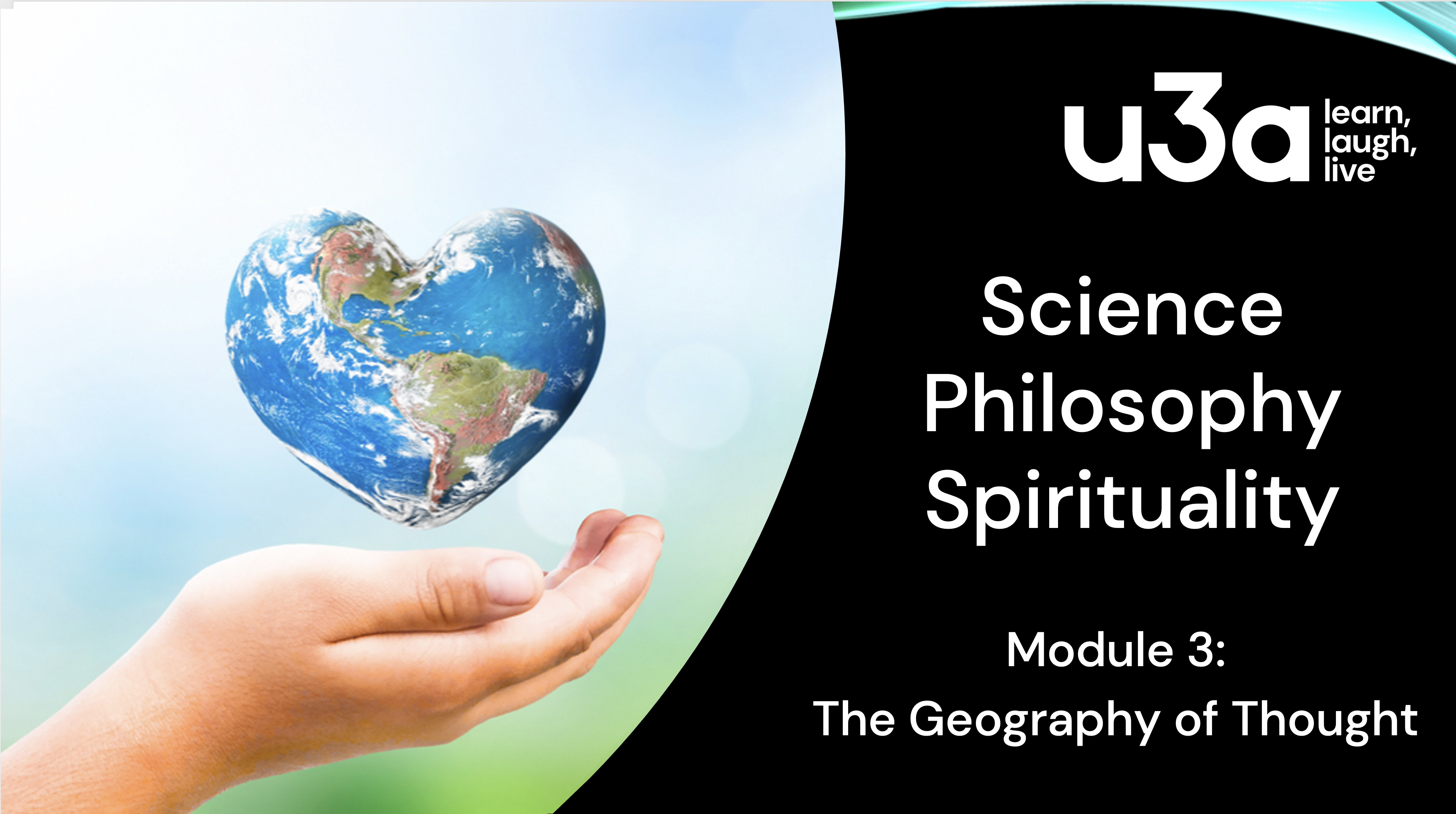
PDF of the slides shown during the two sessions.

How Thought Varies by Geography and Culture
An article summarises the points covered in the module, including references to Iain McGilchrist’s work which seems to provide support for Richard E. Nisbett’s theories. Nisbett’s research has continued to extend both experimental data and the nuances of interpretation in the twenty years since the publication of his book in 2003.

“Science, Philosophy and Spirituality”
Now that we have completed the first three modules of the course, I am becoming clearer about what motivated me to develop the course, and why I suggested the particular modules for the first year. A three-part structure is emerging in my mind: our common reality, the shaping of the modern world, and issues facing the modern world. This article amends the original description on the website in the light of conversations and research during and following the first three months.
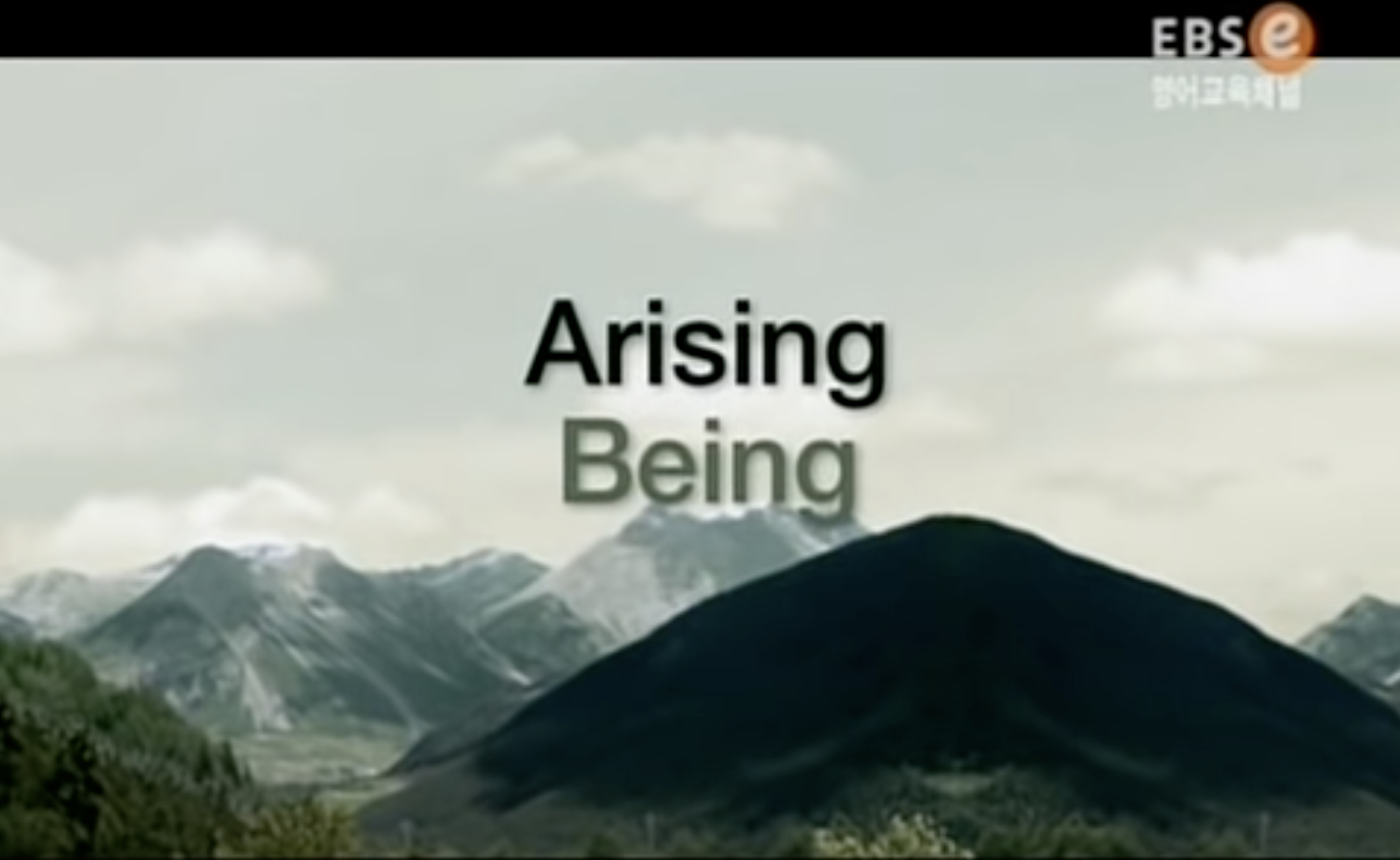
Link to Video from Module
This Korean-made video introduces the ideas of Richard E. Nisbett’s “The Geography of Thought” with numerous street interviews and commentary by Nisbett himself and both Eastern and Western Psychologists. Although some of Nisbett’s work is challenged, his main point that modes of thought are culturally influenced is supported by research studies in other fields as well as psychology.
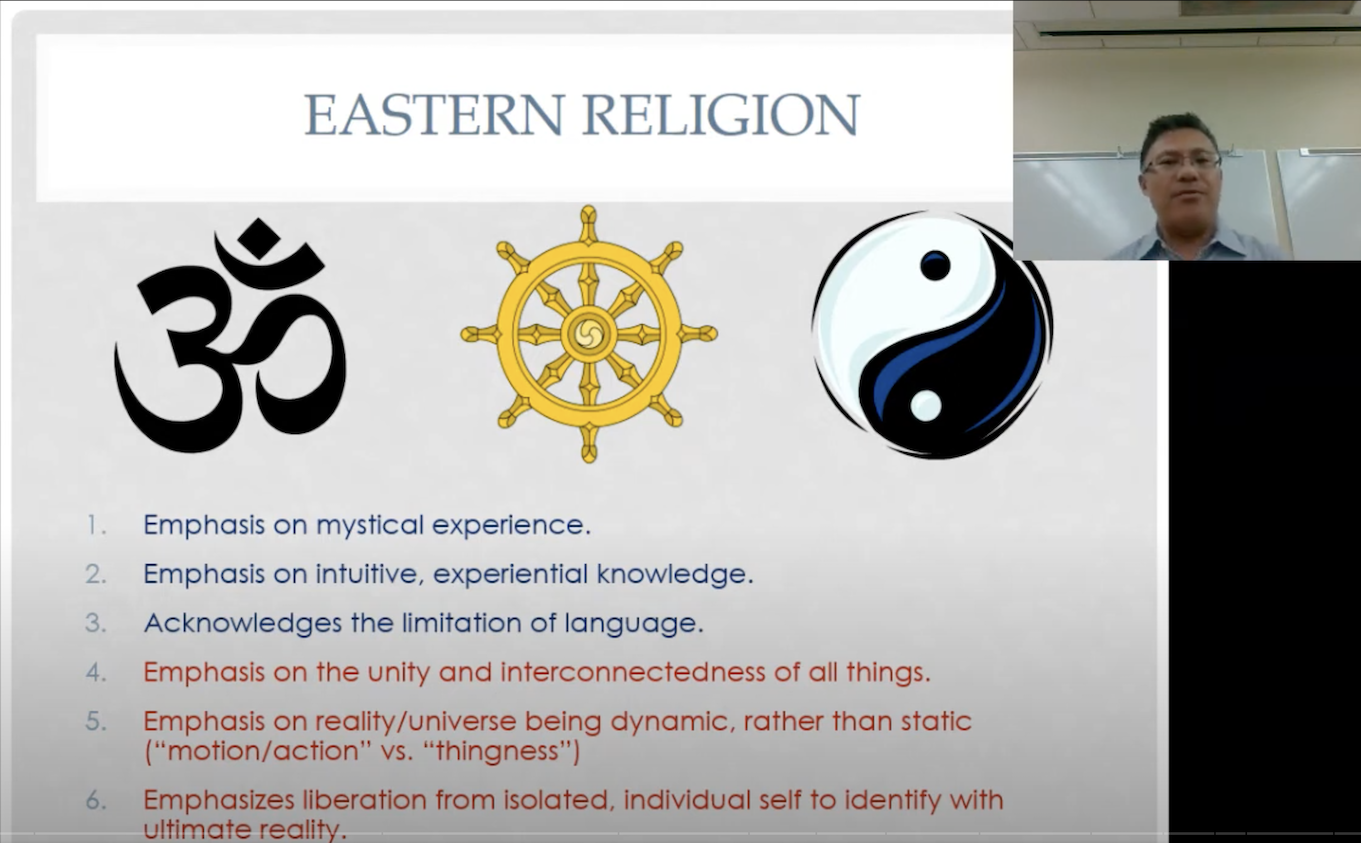
Link to ProfG’s “Eastern Religions” Video
We used a screenshot from ProfG’s video, “

Link to ProfG’s “Western Religions” Video
We saw two screenshots from ProfG’s Video, “

Link to “Guns, Germs and Steel”
Jared Diamond’s Pulitzer-prize-winning inquiry into the origins of economic inequality between Nations. He demonstrates that the roots lie in the different natural resources available to the people on each Continent.
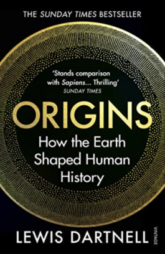
Link to “Origins”
Subtitled “How the Earth Shaped Human History”, Professor of Science Communication Lewis Dartnell explains the impact of geography on human civilisations. This account supplements and adds a new perspective to the accounts of Diamond, Nisbett and McGilchrists.
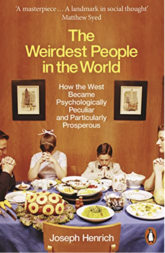
Link to “The Weirdest People in the World”
Joseph Henrich takes the theories of Richard E, Nisbett and combines them with new research in anthropology, psychology, economics and evolutionary biology to explain how culture in the Middle Ages shaped the Western mind, laying the foundations for the world as we know it today. His views complement those of Nisbett.
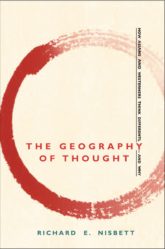
Link to “The Geography of Thought”
This book by Richard E. Nisbett enabled me to make sense of interactions in Internation Standards Organisation committee meetings between my Western colleagues and representatives from Japan, China and Korea. His work has continued in the twenty years since the book was first published, and he now summarises his conclusions as “Culture changes how we think about thinking” – the title of a 2017 academic paper.
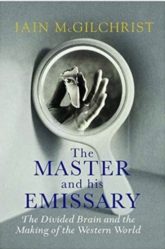
Link to “The Master and His Emissary”
Iain McGilchrist’s starting point is very different from Nisbett’s. He is a Psychiatrist, philosopher and literary scholar who draws on a vast body of experimental research to provide an account of the structure of the human brain. His findings, however, are complementary to those of Nisbett, and this book has already become a classic in its field.

Link to “The Matter With Things”.
In his magisterial new three-volume book, Iaian McGilchrist argues that twice before, in ancient Greece and Rome, the perception that evolved in the left hemisphere, which empowered us to manipulate the world, had ultimately come to eclipse the much more sophisticated take of the right hemisphere, which enabled us to understand it.
On each occasion this heralded the collapse of a civilisation. And now it was happening for a third, and possibly last, time.

Link to Course Home Page
Click this link to return to the Home Page for Season 1 of the Shepway and District u3a Science, Philosophy and Spirituality programme.

